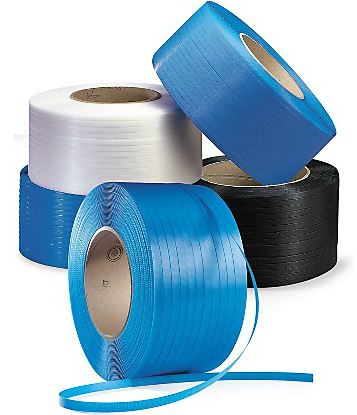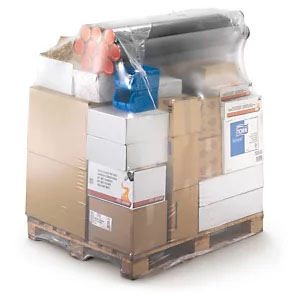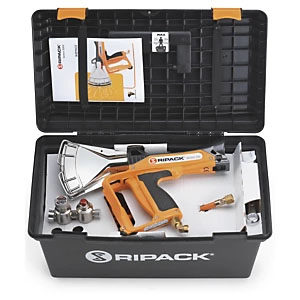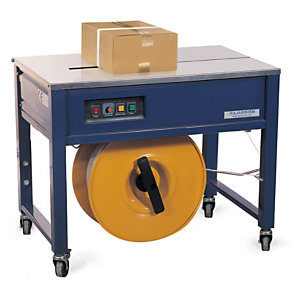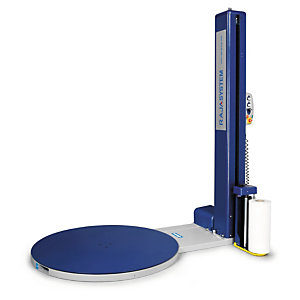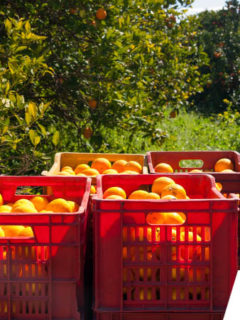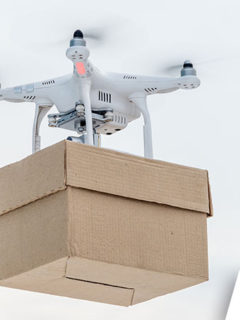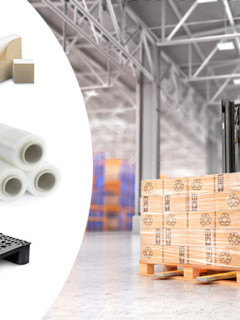Above all, at RAJA we quite often deal with packaging for shipping, order preparation in the e-commerce sector and accessories for shops. However, what happens when we want to create additional packaging to be marketed together with other products that already have their own individual primary packaging? In this case, we must refer to a very specific specialisation within the world of packaging and logistics: copacking.
So, what is copacking?
Firstly, copacking is a product packaging technique based on grouping several products together. While the grouping of these products can happen whether these products are the same or different. Secondary packaging is therefore used, with the aim of facilitating their display and sale together.
In this way, this is a resource which is widely used in various sectors: food, comestic or pharmaceutical to promote the purchase of several identical (e.g. a 2×1) or complementary (sunscreen + body cream, batch of face products, etc. ) units. It is used both for promotional purposes and for launching premium, gourmet, gift or limited edition offers.
Therefore, copacking puts brands in an advantageous position over their competitors in situations like these:
- Firstly, in marketing campaigns where price, the lowest in pack purchase, or exclusivity are used as the main arguments;
- At the same time as it is used in specific batches for e-commerce. The formation of standard product assortments for online sales speeds up and simplifies the order preparation process;
- Itis also excellent for high-streetshelf locations. Voluminous packaging with a colourful appearance takes up more space and is more attractive to the consumer;
- And in addition, to develop differentiated presentations for large account customers, who make purchases in larger quantities.
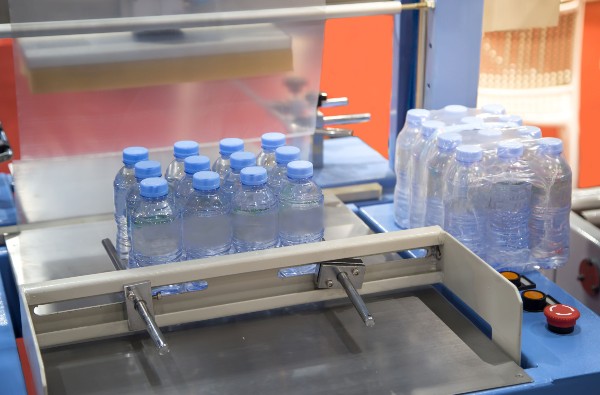
So what are the most common copacking formats?
There is a wide variety of copacking formats. Among the most common we can highlight, for example, some of them:
- Retractable. This is done by wrapping the objects with retractable plastic, which is then adjusted with the help of a hot air gun or strapping machine;
- Sleeve. With film, paper or cardboard, it consists of wrapping the items with a secondary packaging in the form of a strap;
- In a case. Inclusion of products in a box or case, often with premium finishes or with a transparent window that reveals the contents. It is a copacking widely used in the cosmetics sector;
- Gluing. The assembly of the different components using thermal glue. We see it mainly in samples attached to brochures, diptychs, etc;
- Bubble. A mixed copacking solution made up of plastic and cardboard which are integrated with adhesive. It is widely used in kits and small accessories;
- Bagged. Bringing the pieces together in a closed bag with welding and sealing machines, with industrial stapling or with rubber bands;
- Exhibitor. Stop or counter represents its prominent arrangement in shops.
Tips for implementing copacking processes internally
Therefore, in the absence of internal resources, many companies decide to outsource copacking. However, with some planning, it is not difficult to do it within your own warehouse. To do this, you will need to choose the right packaging and establish new procedures.
Packaging for copacking
In the RAJA catalogue you will find a wide variety of references for copacking packages:
1. packaging materials for copacking
- Sleeves and shrink film;
- Cases and boxes for bottles;
- Gift boxes;
- Plastic bags for packaging;
- Adhesive tapes and industrial glues;
- Strapping tapes;
- Labels for printing and identification.
2. Machines for automating copacking processes
- Shrink wrapping equipment;
- Pallet wrapping machines;
- Strapping machines;
- Thermal printers and labellers.
Good practices to integrate copacking in your company
1. Adapt the stock management system to the needs of copacking
Above all, try to group references intended for copacking inthe same area of the warehouse. As a result, this will help facilitate the separation and assembly of kits, or even the preparation of these kits, in cases where operators also carry out the assembly of a product that arrives in fragments.
2. Define the copacking strategy with the marketing team
If you work as a team or possibly together with those responsible for marketing, it will be essential to define the promotions and messages that will be printed on the packaging for copacking. This way, study the final result and make sure that the unboxing experience will be positive for your customer.
3. Train your operators in the particularities of copacking
In short, copacking brings some challenges different from the traditional tasks of packaging and separating orders. Organise the training, in the best way possible, and support your employees so that they can master them in the shortest time possible.
As a result, ready to give copacking a chance? Start this adventure with RAJA, your most trusted packaging supplier, with hundreds of products always in stock and with delivery within 48/72 hours. Team up with us!











